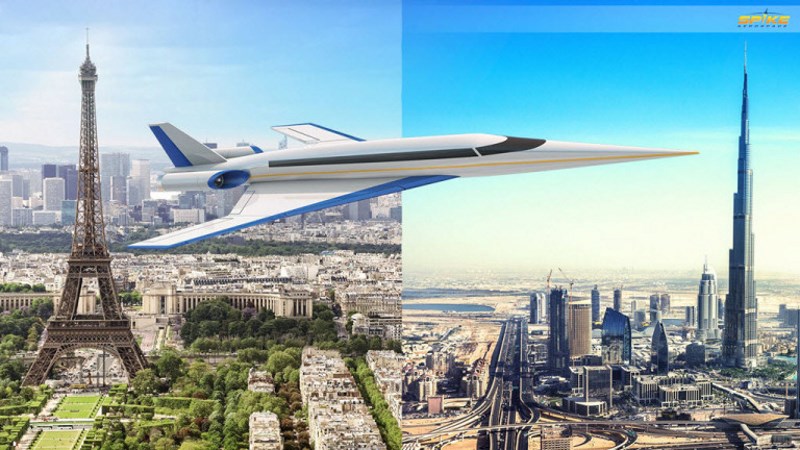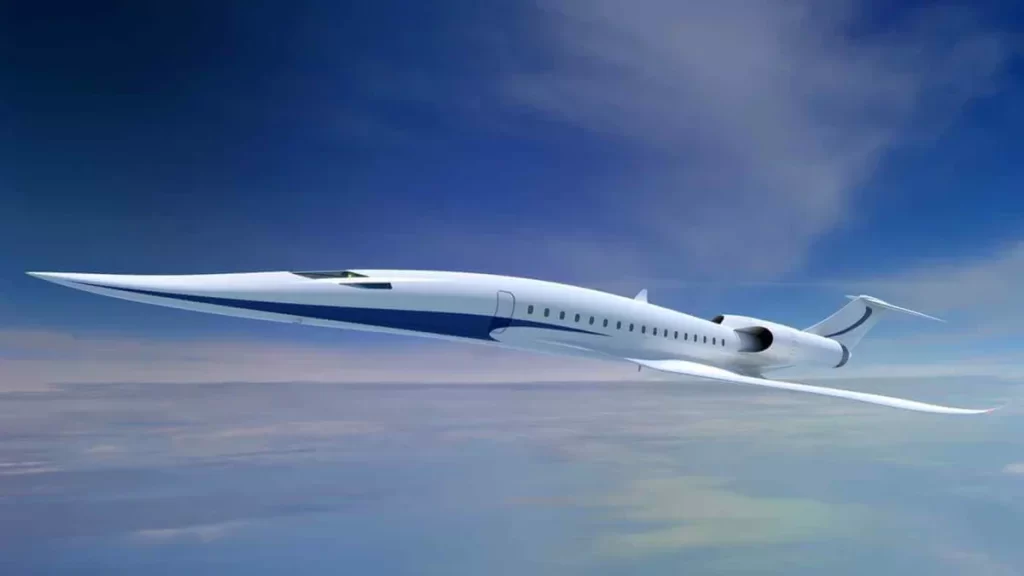Supersonic flights over land could soon become a reality, as the U.S. government takes a major step toward lifting a decades-old ban. With a new executive order signed by President Trump, the Federal Aviation Administration (FAA) has been directed to repeal the 1973 restriction that prevented civilian supersonic aircraft from flying faster than the speed of sound over land.
This move is a game-changer for air travel in the United States and beyond. Until now, travelers had to settle for slower coast-to-coast trips because of the noise created by the sonic boom—a powerful shockwave that follows supersonic planes. But thanks to new technology, that problem may be on its way out.
Spike Aerospace, a Boston-based company leading the charge in next-generation flight, sees this moment as a turning point. Its supersonic jet, the S-512 Diplomat, is designed to fly at Mach 1.6 while minimizing noise. Unlike older aircraft such as the Concorde, which could not legally fly supersonic over land due to the disruptive boom, Spike’s jet is built to fly fast and quiet.
Instead of limiting speed to just above Mach 1—like some competitors aiming to avoid the boom—Spike Aerospace is pursuing full performance. The company believes that flying slightly faster than sound doesn’t deliver much value in saved time. The S-512 aims to make real gains, slicing hours off long-distance travel while eliminating the need for overnight stays or lengthy layovers.
The technology behind this breakthrough involves smart aerodynamic shaping. By redesigning the aircraft’s body to soften the shockwaves, Spike can reduce or even remove the sonic boom that normally reaches the ground. This means a true supersonic experience without disturbing communities below.
As the FAA begins the 180-day process of revising its regulations, Spike Aerospace is already preparing for what comes next. The company is pushing ahead with its development roadmap, forming strategic partnerships, and laying the groundwork for certification and production.
The benefits of faster travel extend far beyond convenience. For global businesses, it opens up new ways to operate. Executives could fly from Washington, DC to Los Angeles, complete meetings, and return home in the same day. Teams spread across continents could connect more easily. And travelers everywhere would have more time to spend where it matters most.
This policy shift doesn’t just affect one airline or aircraft manufacturer—it marks the start of a new chapter in aviation history. The skies over America may soon be filled with aircraft that combine speed, innovation, and quiet performance.



